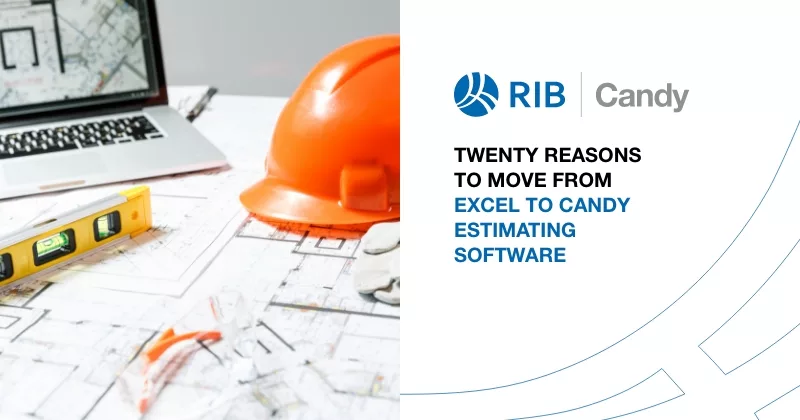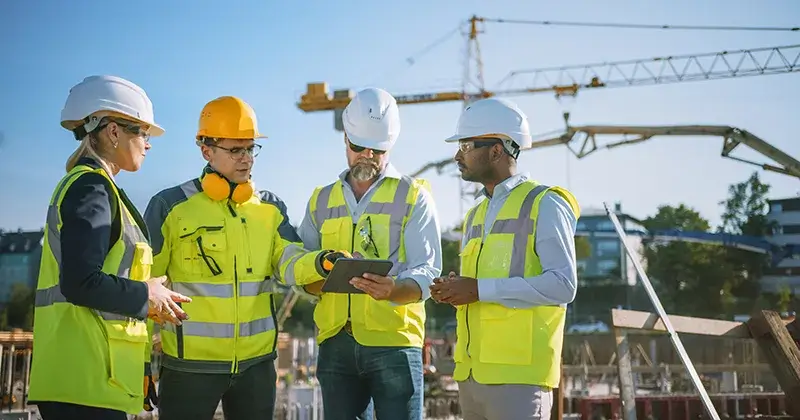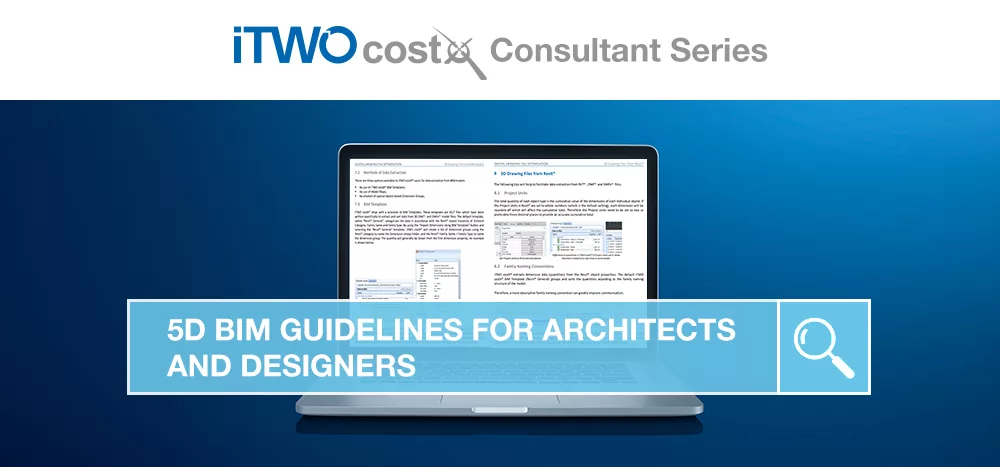25 mins read
How To Do A Construction Take-Off (Quick Guide)

Accurate takeoffs and estimates are critical for project success. Use fit-for-purpose software to ensure accuracy and prevent budget overruns.
In the construction industry, accurate take-offs help projects to stick to the budget by estimating the exact quantities of materials they need. Knowing how to do a construction take-off properly will therefore enable better management of the overall workflow of the project.
Being able to perform quantity take-offs easily and efficiently is an essential task for managing the materials and budget of the project. This quick guide below will explore exactly how to do a construction take-off and how you can use software for more accurate results.
What is Construction Take-off?
Also known as a material take-off, this process is about accurately estimating the number of materials required for a construction project. This is a crucial phase in the construction planning process. It allows contractors to understand exactly what they will need for the work ahead. This will help to create an accurate cost estimation as well as a more successful bid.
The “take-off” part refers to estimators taking off items from the plans or blueprints and figuring out exactly how much of each they will need to complete the project. How many bricks, how much concrete, how many meters of wood, etc.
This is done to create a total list of all the materials needed so that they can then estimate how much it will all cost.
While this may seem like a fairly simple task, it requires plenty of skill and precision. For large-scale and complex projects, accurately estimating the construction take-off is no easy feat. And if any quantities are estimated incorrectly, it can result in a delayed timeline as well as unwanted changes to the budget.
To achieve the most accuracy in a construction take-off, it’s best to use specialised construction estimation software. This will vastly improve the outcome of the take-off, resulting in a much smoother and better project going forward.
How To Do a Construction Take-off Accurately
Many contractors still perform construction take-offs manually without specialised tools. This can often lead to inaccurate results that really affect the project ahead. However, specialised estimating software can help take the risk of human error out of the equation and produce more accurate take-offs.
If you want to know how to do a construction take-off as accurately as possible, consider the following guidelines.
-
Utilise the Right Software
No matter how experienced or skilled your estimator may be, there is always the risk of human error. Even the smallest mistake made somewhere in a construction take-off can result in a major difference later on down the line. For more accurate and efficient construction take-offs, using fit-for-purpose software is the first step.
Special construction estimation software has been designed to avoid human error and automate different processes. Not only will this allow you to achieve estimates and bids faster and easier, but it will also result in far greater accuracy.
-
Be Precise with Measurements
When learning how to do a construction take-off, accuracy and precision are the key features. Always pay close attention when creating measurements.
Estimators should include a specific percentage to the measurements to account for any wastage. This will help to create a more consistent and accurate cost scale.
-
Work from a Checklist
A material take-off can be an extensive process with a massive list of materials required. This can result in mistakes and missed items if there is no clear checklist to follow. Make sure to have a kind of roadmap created for construction take-offs that the estimator can work off.
-
Use Current Plans
This may seem like an obvious point to make, but construction plans and blueprints tend to go through many revisions and changes. An accurate construction take-off can only be achieved if everyone involved in the project works off the same set of plans. Using an old set of plans will result in total revision, as well as wasted time and resources.
Final Thoughts
Knowing how to do a construction take-off accurately can really make or break a project. The early preconstruction planning phases are often the most critical for a successful project ahead. As such, plenty of focus needs to be placed on these processes.
An accurate take-off will result in stronger cost estimation, improved bids, and a smoother construction operation. Any contractors should be sure to utilise the best technology and practices available to achieve accuracy and efficiency when doing take-offs.
Most Recent
25 mins read
15 mins read
19 mins read
19 mins read

E-BOOK











